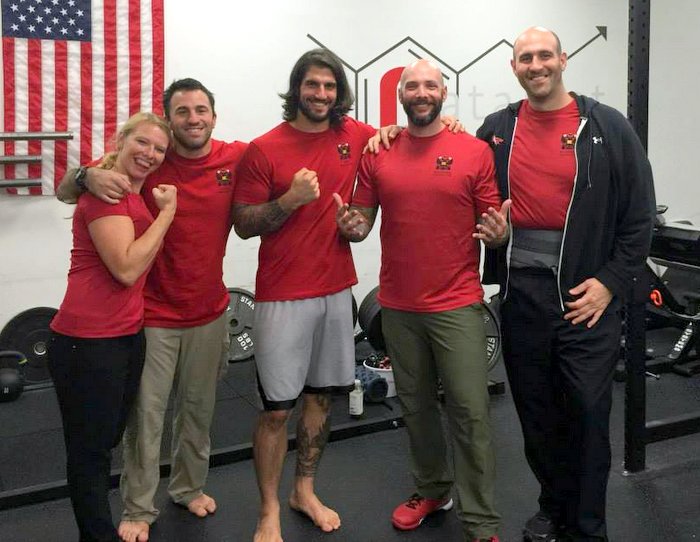
Much has been written about the synergy of kettlebells and barbells. They complement each other’s “blind spots” extremely well. Training properly with either will make you better at both. The RKC is the world’s premier kettlebell certification, and I can tell you first-hand that the skills I learned at the RKC have made me a better powerlifter.
This program is intended for an RKC candidate who wants to keep barbells in his or her program, while still building the requisite work capacity and skill to excel at an RKC Workshop. Whether you’re a powerlifter, football player, strongman competitor, or simply a barbell enthusiast, this program will get you strong, conditioned, and ready to impress at the RKC. It is also great for would-be Beast Tamers (just add some pistol squat practice).
When preparing for the RKC, there are three Pillars of Success you must consider:
- Work Capacity. The RKC has evolved beyond its brutal and punishing roots, and is now more focused on teaching skills and helping you become a skilled instructor. But, it is still a challenging three days which will test your fitness. Be prepared for multiple workouts per day, interspersed with lots of drills and technique practice. And oh yeah, there’s a snatch test in there too.
- Maximum Strength. The role of maximum strength is less obvious than work capacity (after all, most men won’t have to handle anything larger than 24kg, and women 16kg). Being strong will make your RKC weekend so much easier. When heavy kettlebells feel light, you can more effectively focus on technique.
- Movement Quality. It is important to safely and effectively place kettlebells overhead, squat, and have good hip extension.
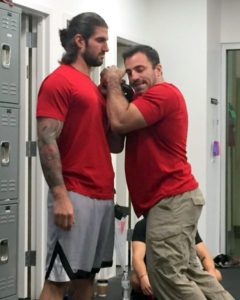
It is worth noting that I have not included “kettlebell technique” on this list. While having familiarity and skill with the kettlebell will greatly benefit you throughout the certification weekend, it is not essential to show up with PERFECT skills. The purpose of the course is to teach you these skills, and the master RKCs, team leaders and assistant instructors meet will give you all the coaching you need to pass the rigorous skills tests on the last day of the certification. The amount of progress candidates make during the RKC is nothing short of mind-blowing. So, work on your technique and get comfortable handling kettlebells, but don’t sweat it if you’re not perfect.
This program focuses on Pillars #1 and #2 (strength and work capacity), while also giving you ample time to gain familiarity and exposure to the “Big 6” kettlebell lifts tested at your RKC. While Movement Quality (Pillar #3) is absolutely crucial for success at the RKC, it mostly beyond the scope of this article. I highly recommend finding an FMS certified professional in your area for a movement screen before starting this (or any) program.
This program should be run for 6-10 weeks prior to the certification workshop.
The Program:
Day 1—KB Press & Deadlift
A1. Single Arm Press Ladder (1,2,3,4)x3
A2. (Weighted) Tactical Pull-up 3-5 sets of 5-8 reps
- Deadlift 5,3,2; then drop 20% and 3×5 with 2:00 rest.
- Kettlebell Skill Practice: 10-20 minutes
Press Ladders: Use the classic “Rite of Passage” progression. Add a ladder each week, and then once you get to 5 ladders, start adding rungs to the ladders. Build volume.
Deadlift: In week 1, pick a weight you can perform 8-10 reps with. Perform a set of 5, rest, a set of 3, rest, and then a set of 2, all with that same weight. Then, take 20% of the weight off the bar and do 3 sets of 5 with just a 2:00 rest. Each week, add 5-10lbs per week to the 5,3,2 sets.
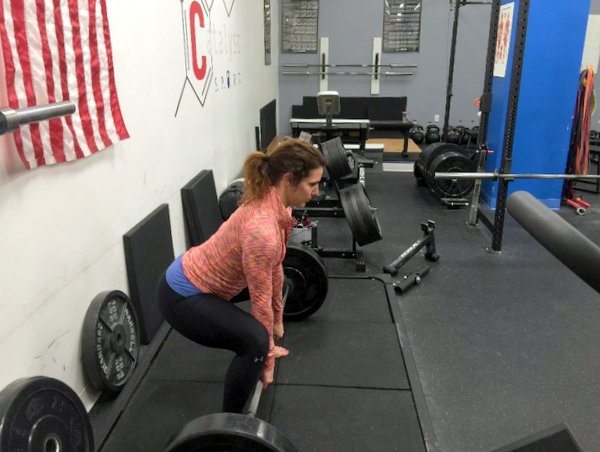
Day 2—Snatch Density and Work Capacity
- Snatch Density Training
B1. Double Kettlebell Clean 5×8
B2. Double Kettlebell Squat 5×6
B3. Rack Walk 5×10-15 yards
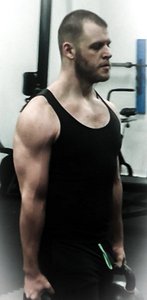
C1. Farmer’s Carry 2-4 sets of 15-20 yards
C2. Hang from Bar 2-4 sets of As Long As Possible
C3. Ab Wheel 2-4 sets of 5-8
Snatch Density: Perform snatches on each arm every minute on the minute (EMOTM). Add reps each week, and decrease number of minutes as necessary. Try to “arrive” at being able to do 10 snatches per arm for 7 minutes (a snatch test plus an additional two minutes). For example:
Week 1: 5/5 x15 minutes
Week 2: 6/6 x12 minutes
Week 3: 7/7 x10 minutes
Week 4: 8/8 x10 minutes
Week 5: 9/9 x8 minutes
Week 6: 10/10 x7 minutes
In reality, your progression might not be as linear or quick.
B1-B3: Perform these as a super-set, without setting the kettlebells down. Rest a few minutes between sets.
Day 3—Swings and Get-Ups
- Turkish Get-Up – 8-10 Total Get-Ups. Vary the load each week (wave loading).
- Heavy Single Arm Swing Volume—20 minutes. Choose a kettlebell 1.5-2.0x your snatch test bell. Perform as many sets of single arm swings as you can. If you manage more than 10 sets per arm, the pick a heavier kettlebell next week.
C1. Single Arm Rack Carry
C2. Chin-Ups
C3. Bulgarian Split Squat
Day 4—Bench Press & Squat
A1. Close Grip Bench Press 5×5
A2. Chest Supported Row 5×8-12
- Front Squat 5×5
C1. Single Leg Deadlift 3×8
C2. Paloff Press 3×8
C3. Kettlebell Armbar 3×8-10 breaths

***
Jason Kapnick is the co-founder of Catalyst SPORT, one of New York City’s top kettlebell training facilities. He has made multiple Elite powerlifting totals, with best lifts of 545/355/660 in the 198lb weight class, and achieved the Beast Tamer Challenge at his RKC in April 2013. He can be contacted through catalystsportnyc.com.
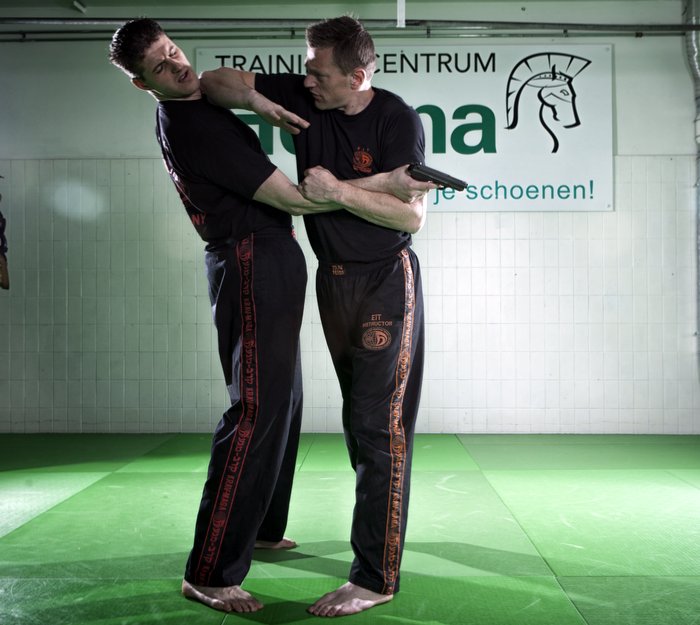
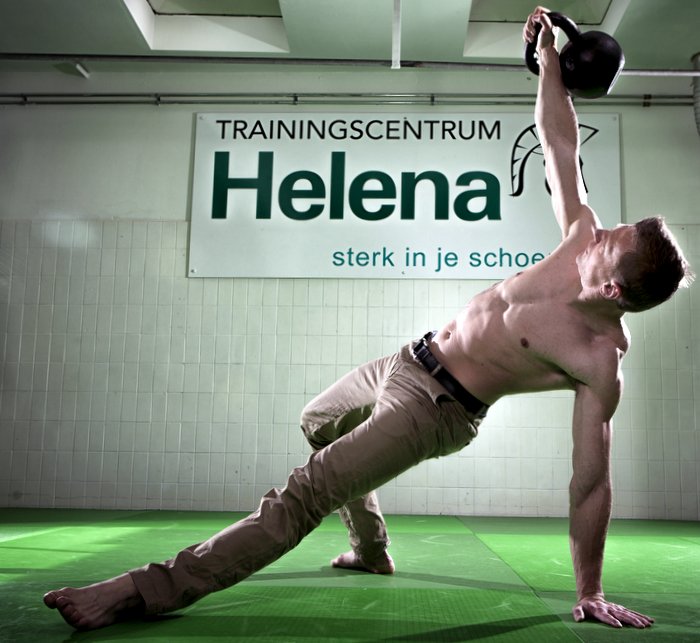
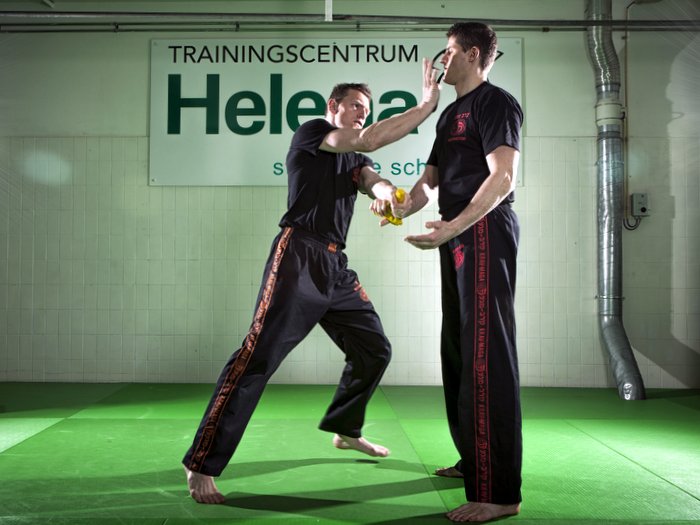

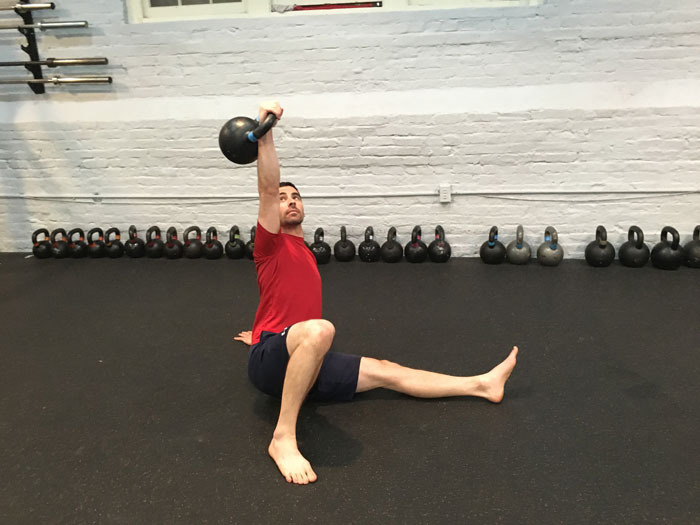
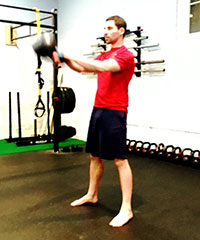 Workout 1:
Workout 1:
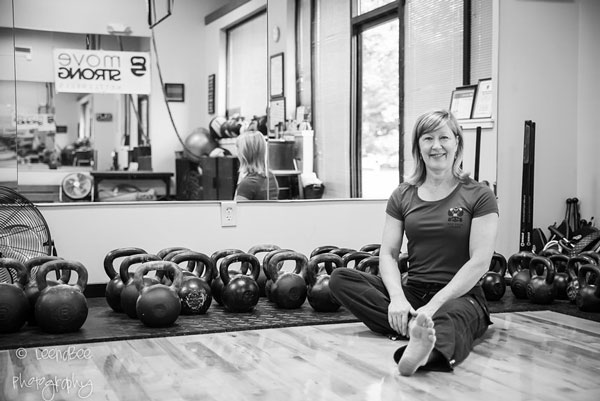
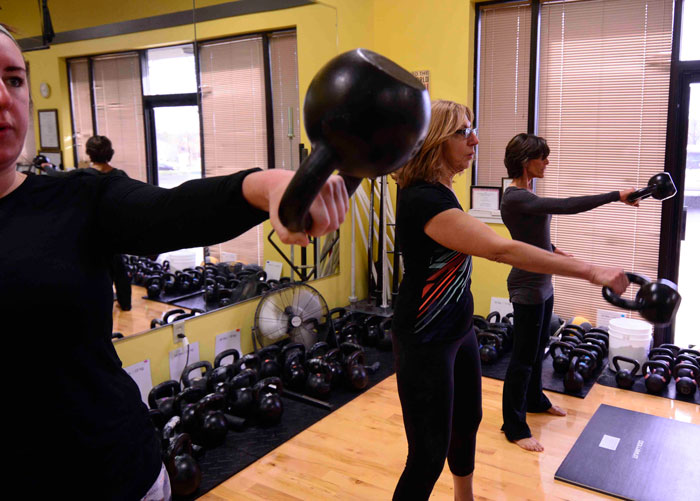
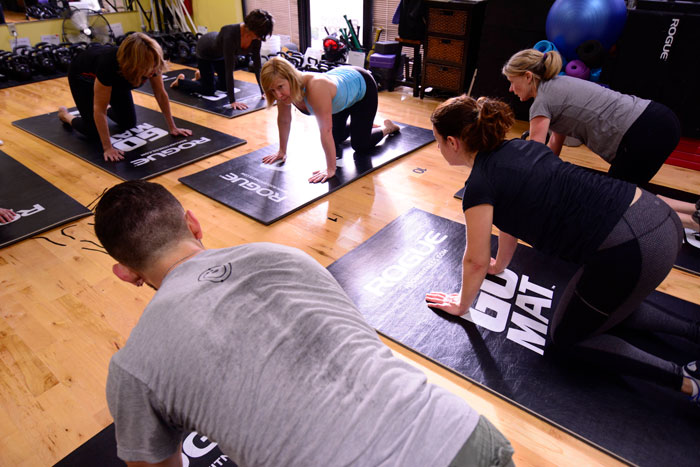
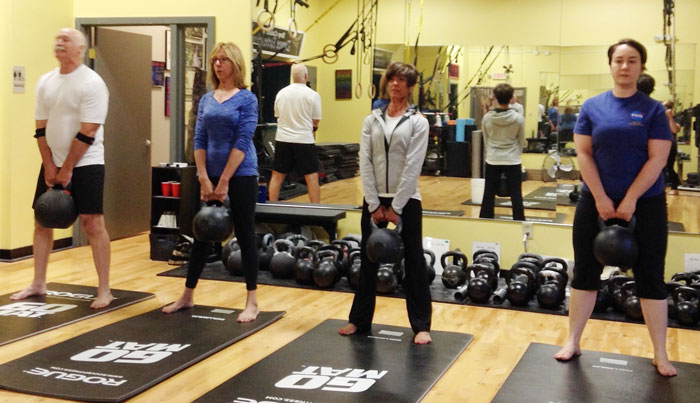
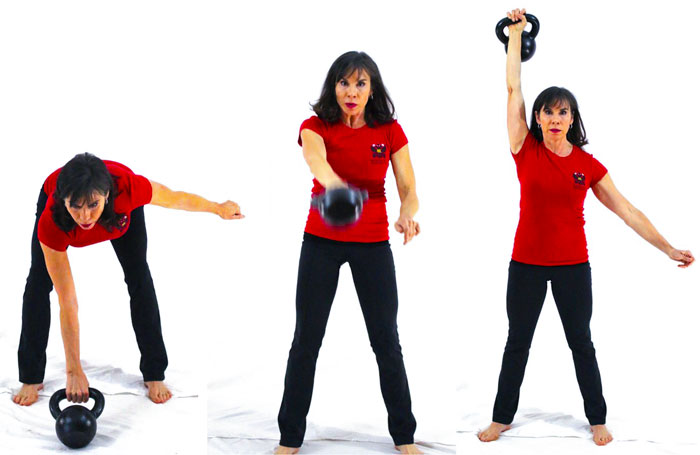
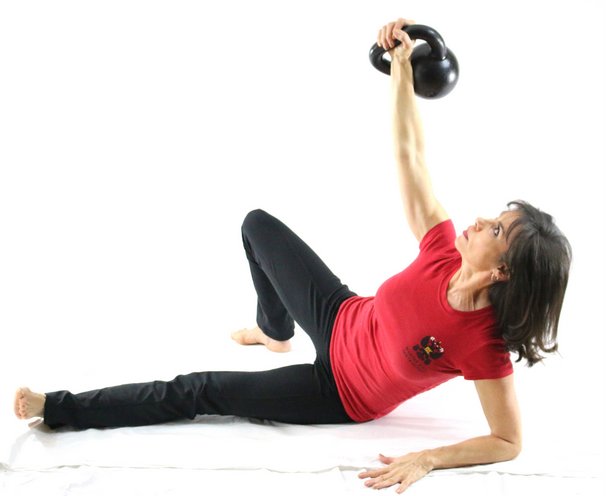
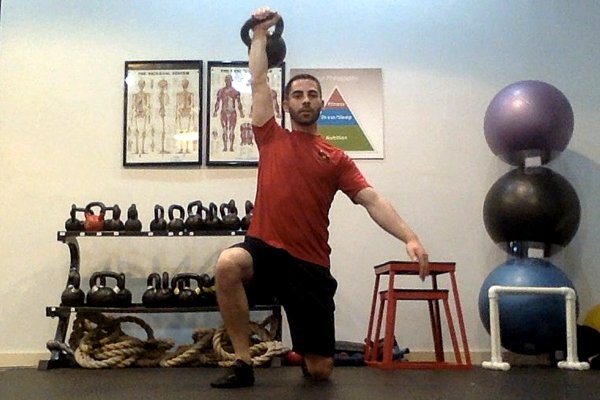
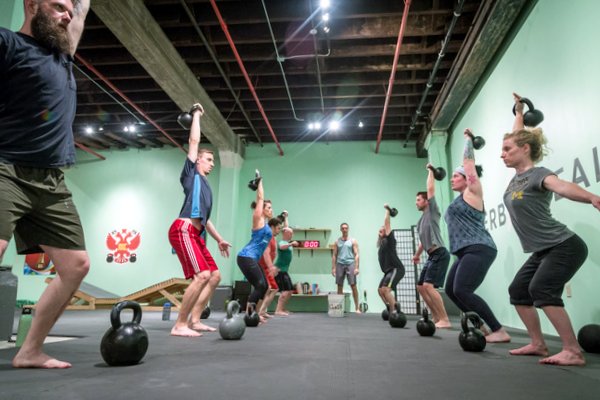
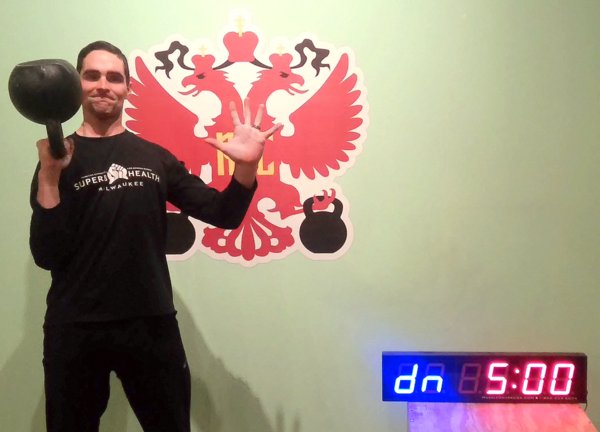
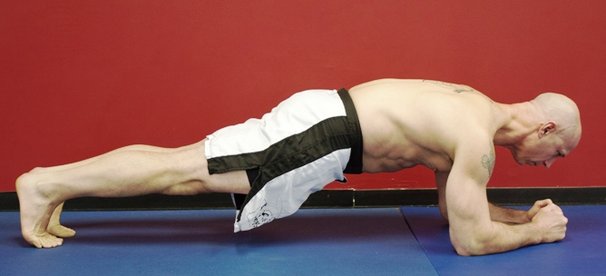
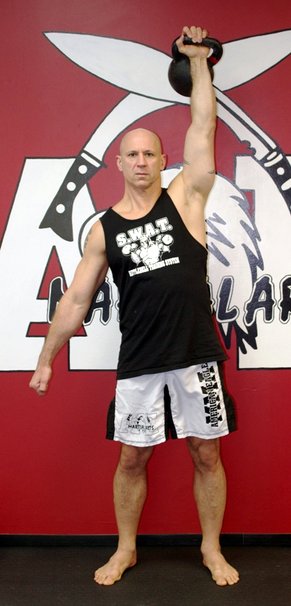
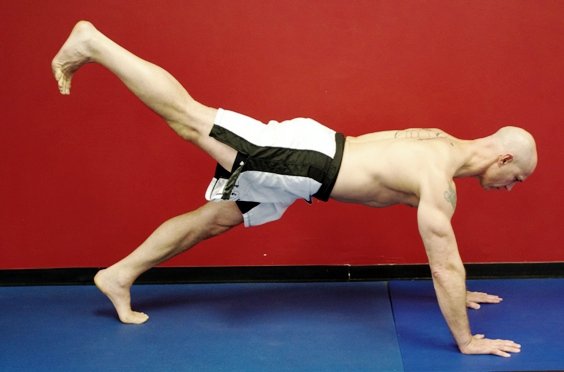
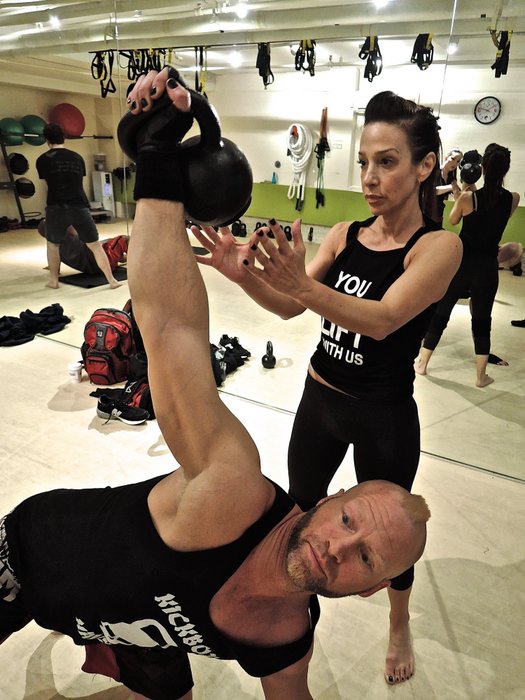
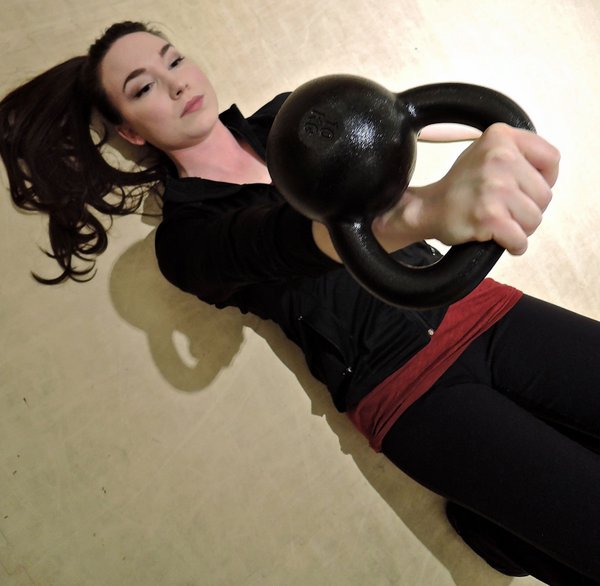
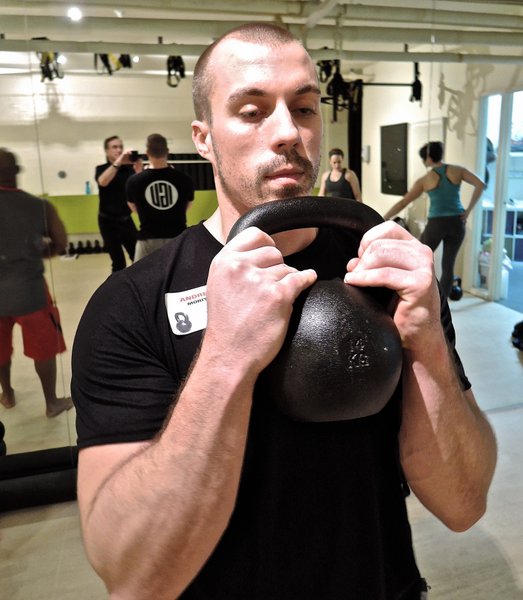
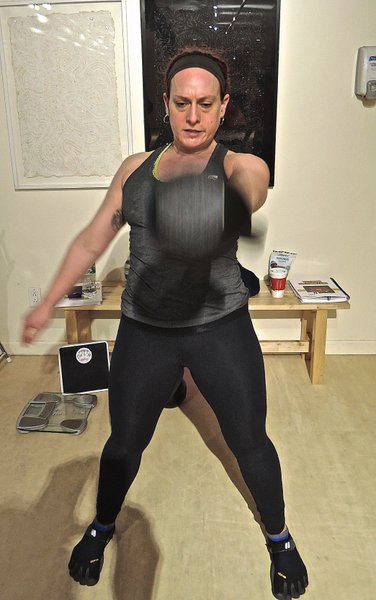
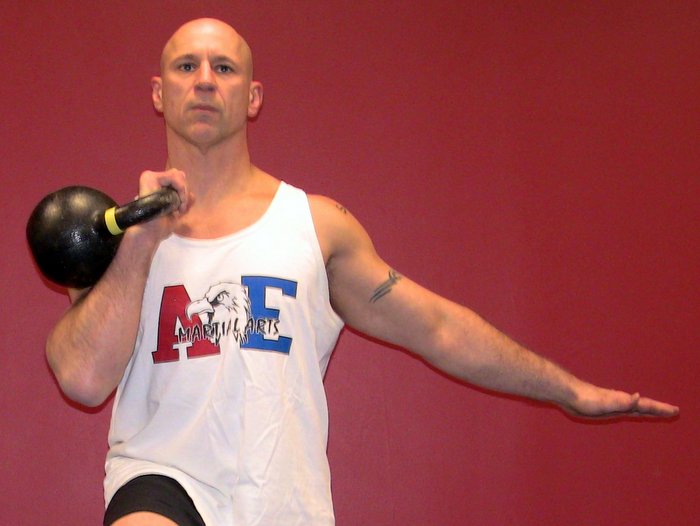
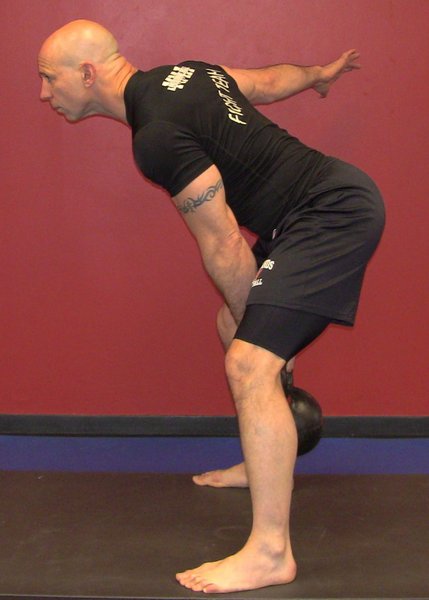 Perform these as one big complex, moving from one exercise to the next without rest. Take a one minute rest period between the rotations. This is a great method for prepping for your
Perform these as one big complex, moving from one exercise to the next without rest. Take a one minute rest period between the rotations. This is a great method for prepping for your 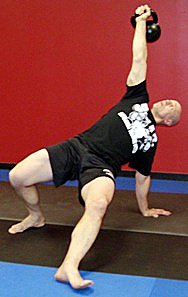 Get-Up Pyramid. Begin with your snatch test size kettlebell. Perform 5 reps on each side. Move up to the next sized kettlebell and do 4 reps on each side. Repeat this with 3 reps at with a heavier kettlebell, 2 reps with the next heavier kettlebell and then one rep with the heaviest kettlebell you are able to use. Once you’ve gone up, go down repeating the sequence in reverse. This will yield 60 repetitions. If you are not able to increase on every set, use good judgment and only use a kettlebell that you are able to safely perform the get-ups with proper form.
Get-Up Pyramid. Begin with your snatch test size kettlebell. Perform 5 reps on each side. Move up to the next sized kettlebell and do 4 reps on each side. Repeat this with 3 reps at with a heavier kettlebell, 2 reps with the next heavier kettlebell and then one rep with the heaviest kettlebell you are able to use. Once you’ve gone up, go down repeating the sequence in reverse. This will yield 60 repetitions. If you are not able to increase on every set, use good judgment and only use a kettlebell that you are able to safely perform the get-ups with proper form.